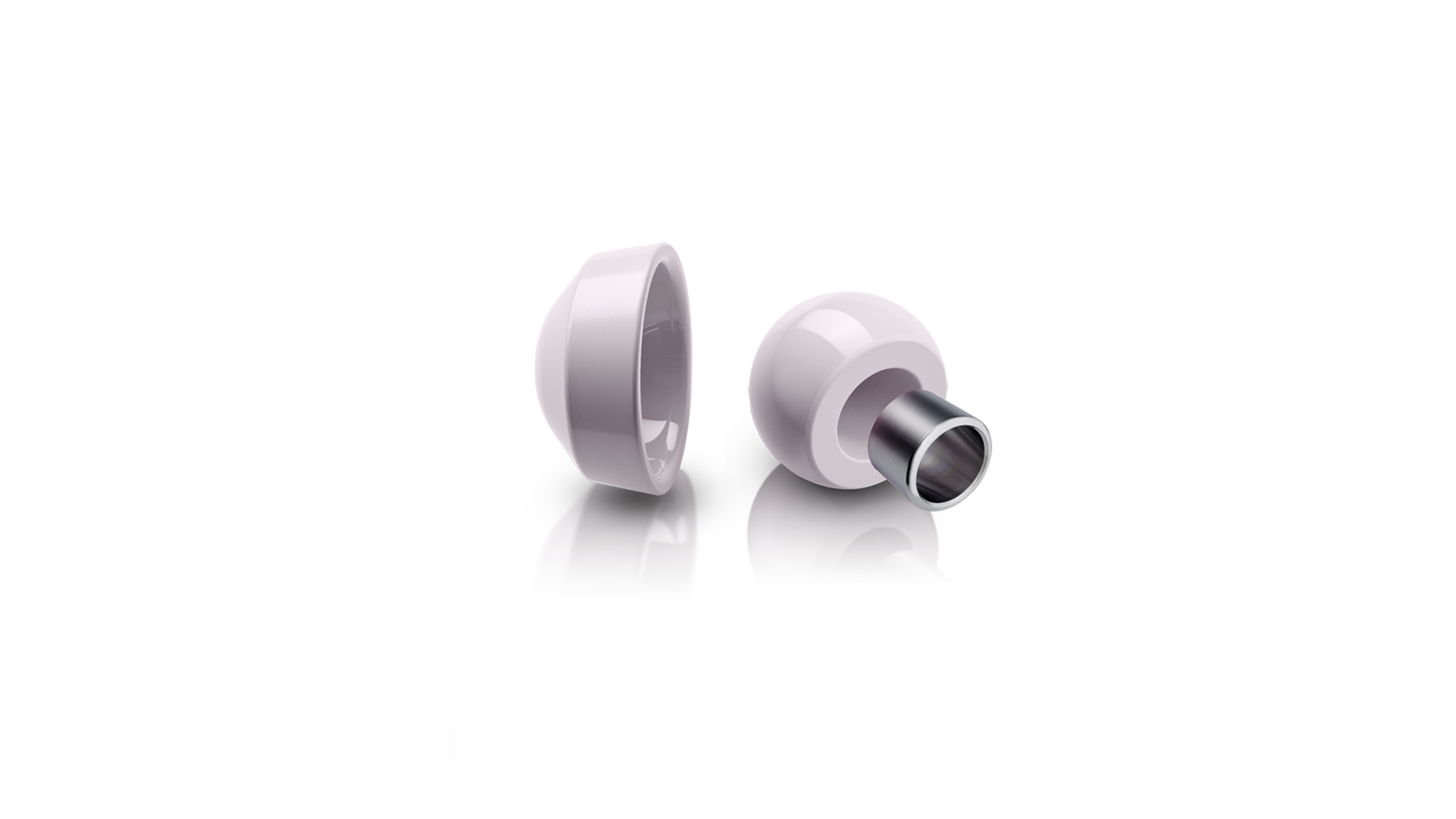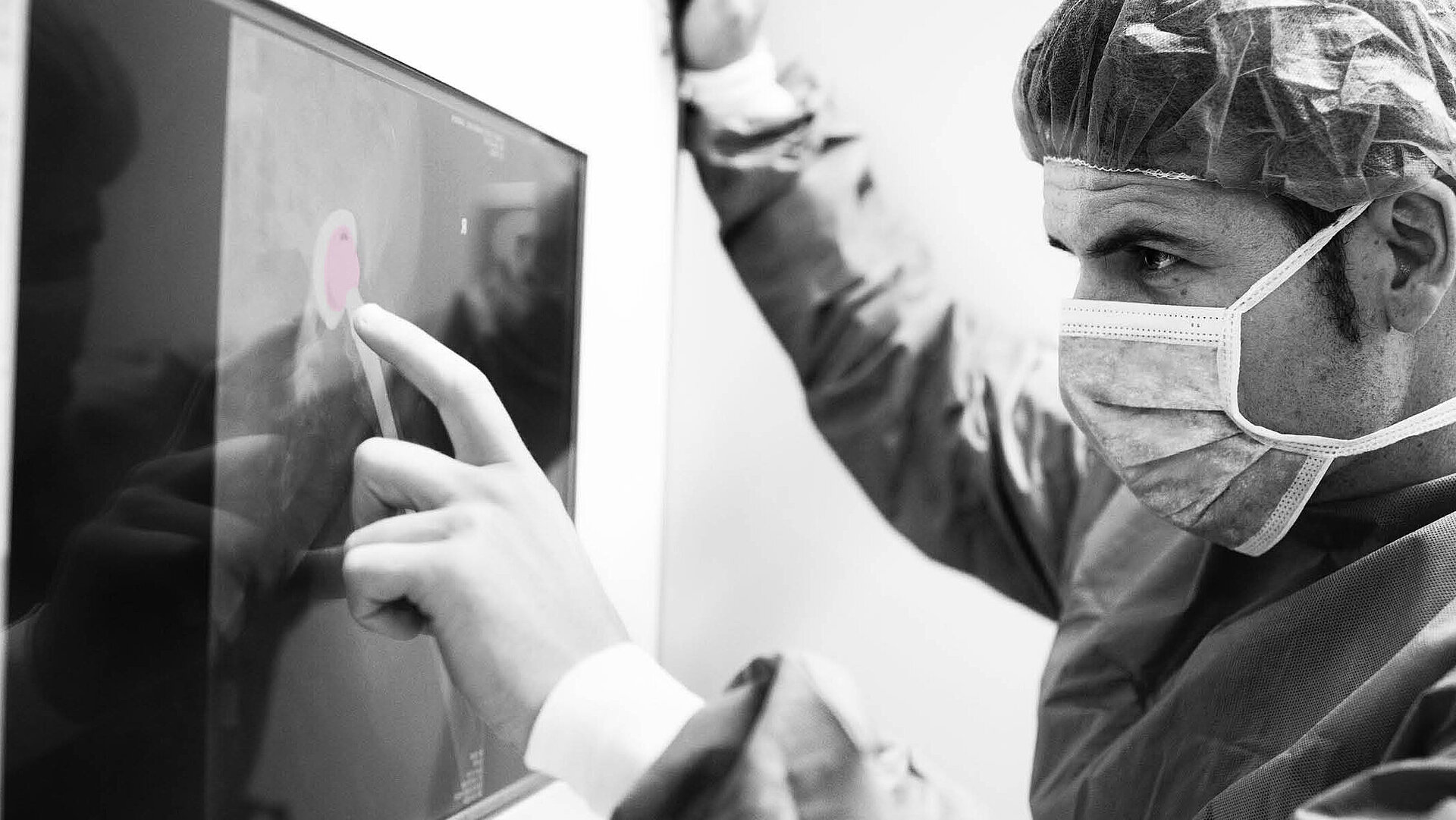Cost-effectiveness in THA
The economic burden for healthcare systems is constantly increasing. An aging population leads to a rising number of surgeries, which are becoming more expensive every year. Consequently, healthcare providers are forced to pay attention to the overall costs. These include the direct costs of the surgery and the costs of outpatient services including medication, physiotherapy, and more.
It is obvious that post-operative complications can result in the need for further outpatient services or even necessitate an implant revision that is very costly. Two major complications have been identified: adverse reactions to the implant and post-operative infections. Both need to be avoided at all costs.
Is Ceramic the Solution?
A recent study by Carnes et al.1 in the USA evaluated the differences in cost and outcomes of different bearing-materials in hip arthroplasty. The results showed that selecting a ceramic head saves costs at a price differential of US$325 for all Medicare patients younger than 85. At a cost differential of $600, the use of ceramic bearings is still cost effective in patients > 65 years of age.1
Compared to other bearing materials, ceramic has outstanding material properties such as excellent biocompatibility due to chemical stability2,3,4, resistance to corrosion5, and abrasion resistance6. These properties lead to a lower risk of revision for lysis, ALTR8 or infection after surgery9. The number of associated and expensive revision procedures could therefore be reduced using ceramic implant materials.


A Rethink is Necessary
A cheaper implant does not necessarily save money. As a result of the steady increase in younger patients who still work, postoperative complications can have costly consequences. The complications may lead to the patient being temporarily unable to work and therefore incur intangible costs. This has considerable effects not just on the quality of life of the patient but also for the social security system or the entire economy. A cost-effective solution encompasses all costs related to the intervention and contributes to the best clinical outcome. Thus, it is essential for all patients that the risk of revision is substantially reduced.
Cost-effectiveness
- High potential of being cost-effective for all patients regardless of age10
- Arthroplasty registries data-set analyses demonstrate fewer material-related complications with ceramic-on-ceramic and ceramic-on-polyethylene which lead to lower postoperative costs compared to other bearing-couples8
References
1. Carnes KJ, Odum SM, Troyer JL, Fehring TK. Cost analysis of ceramic heads in primary total hip arthroplasty. J Bone Joint Surg Am. 2016;98(21):1794-1800. doi:10.2106/JBJS.15.00831.
2. Maccauro G, Cittadini A, Magnani G, Sangiorgi S, Muratori F, Manicone PF, Rossi Iommetti P, Marotta D, Chierichini A, Raffaelli L, Sgambato A. In vivo characterization of Zirconia Toughened Alumina material: a comparative animal study. Int J Immunopathol Pharmacol. 2010;23(3):841-846. doi:10.1177/039463201002300319.
3. Cunningham BW, Hallab NJ, Hu N, McAfee PC. Epidural application of spinal instrumentation particulate wear debris: a comprehensive evaluation of neurotoxicity using an in vivo animal mode. J Neurosurg Spine. 2013 19:336-350. doi:10.3171/2013.5.SPINE13166.
4. Asif I M. Characterisation and Biological Impact of Wear Particles from Composite Ceramic Hip Replacements.[PhD thesis]. Leeds, UK: University of Leeds; 2018. etheses.whiterose.ac.uk/20563. Accessed March 6, 2020.
5. Kretzer JP, Mueller U, Streit MR, et al. Ion release in ceramic bearings for total hip replacement: Results from an in vitro and an in vivo study. Int Orthop. 2018;42(1):65-70. doi:10.1007/s00264-017-3568-1.
6. Grupp TM, Holderied M, Mulliez MA, et al. Biotribology of a vitamin E-stabilized polyethylene for hip arthroplasty - Influence of artificial ageing and third-body particles on wear. Acta Biomater. 2014 Jul;10(7):3068-3078. doi:10.1016/j.actbio.2014.02.052.
7. Zietz C, Bergschmidt P, Lange R, Mittelmeier W, Bader R. Third-body abrasive wear of tibial polyethylene inserts combined with metallic and ceramic femoral components in a knee simulator study. Int J Artif Organs. 2013;36(1):47-55. doi:10.5301/ijao.5000189.
8. Wyles CC, McArthur BA, Wagner ER, Houdek MT, Jimenez-Almonte JH, Trousdale RT. Ceramic femoral heads for all patients? An argument for cost containment in hip surgery. Am J Orthop (Belle Mead NJ). 2016;45(6):E362-E366.
9. Lenguerrand E, Whitehouse MR, Beswick AD, et al. Risk factors associated with revision for prosthetic joint infection after hip replacement: a prospective observational cohort study. Lancet Infect Dis. 2018;18(9):1004-1014. doi:10.1016/S1473-3099(18)30345-1.
10. Kurtz SM, Lau EC, Baykal D, Odum SM, Springer BD, Fehring TK. Are ceramic bearings becoming cost-effective for all patients? J Arthroplasty. 2018;33(5):1352-1358. doi:10.1016/j.arth.2017.12.011.
We support you








